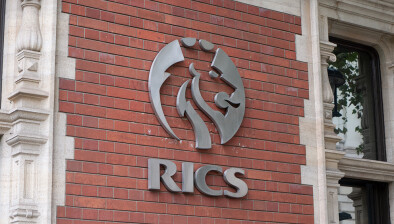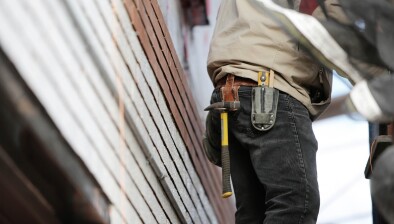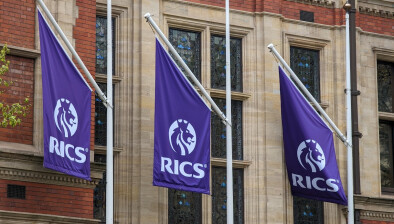RICS: Occupier demand for commercial property falls flat but three-month expectations for rents improve

Occupier demand in the commercial property market in Scotland fell flat through Q2 2023, according to the latest Royal Institution of Chartered Surveyors (RICS) Commercial Property Monitor but surveyors appear more optimistic about the market in the three months ahead.
A net balance of 2% of respondents in Scotland said that occupier demand rose in Q2 2023, which is consistent with a broadly flat picture. This compared to 5% in Q1. There was a reported increase in demand in the industrial sector, with a net balance of 26% of respondents seeing a rise, retail space remained in negative territory at -21%, and demand for office space was reported to be flat.
On the investor side, a net balance of -22% of surveyors reported an overall fall in investor enquiries, with all three subsectors experiencing a decline. A net balance of -17% of respondents saw a fall in office space, -13% in industrial space and -38% in retail property.
On the outlook, capital values are expected to remain in negative territory. A net balance of -25% of respondents in Scotland indicated that they expect net capital values to fall across all sectors over the second quarter of 2023, with all three subsectors anticipated to decline.
However, a net balance of 16% of respondents expects a rise in rents over the next three months, indicating a more positive outlook overall for the occupier market. Both office rents and industrial rents are expected to rise over the next three months with a net balance of 21% and 32% expecting an increase respectively. Looking at retail, a net balance of -4% of respondents expect rents to decline, this is up from -51% the quarter previous.
Stuart Hall of Kingsmead Developments in Glasgow, commented: “There is huge uncertainty on many fronts at the moment from a global perspective - inflation, interest rates and cost of living crisis all contributing to volatility in occupational, development and investment decisions.”
Giles Edgar, 1910 Investments Limited in Edinburgh added: “Tightening credit conditions are stalling markets.”
Commenting on the UK picture, Tarrant Parsons, senior economist at RICS, said: “The stubbornness of UK inflation over recent months has once again shifted the outlook for monetary policy, with further interest rate hikes from the Bank of England now priced-in across financial markets. This has, almost inevitably, impacted sentiment within the commercial property market, as higher borrowing costs weigh on investor demand and place renewed pressure on capital values.
“Meanwhile, occupier activity, although also losing some momentum in Q2, appears a little more resilient at present. As such, this is reflected in still positive rental growth expectations for the year ahead across the industrial sector, prime offices, and for several of the more alternative asset classes tracked in the survey.
“This week’s UK Government announcement on loosening regulations surrounding the conversion of certain types of commercial property into residential use could encourage investment opportunities. If carried out to a suitable standard, these types of conversions have the potential to reduce the overhang of vacant retail space and provide much needed housing in central locations. However, while these measures could prove beneficial at the margins, given the scale of the challenges around housing supply and unused retail premises, they are unlikely (on their own) to be sufficient to fix the deeper market issues.”















